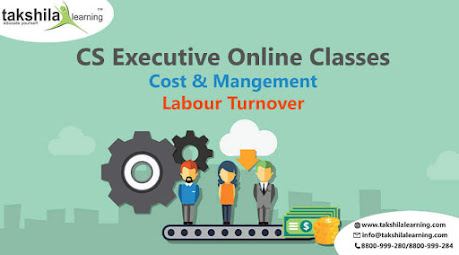Labor turnover is defined as the proportion of the workforce of the company leaving over the course of the year or the ratio of the number of persons leaving over the period to the average number of employees.
Labor turnover is all about retention of employees – i.e. the ability of a company to convince its employees to remain in business.
Causes of Labor Turnover
The causes of the turnover of labor could be classified into three types. They're:
Personal causes – those that induce or force workers to leave their jobs.
Retreat due to old age.
The accident makes workers permanently unable to work.
Women workers may leave after marriage to perform household duties/family duties
I don't like the job or the place.
Workers are finding better jobs in other places.
Changing the job for improvement.
Inevitable causes – those on which management is obliged to ask some or more of their employees to leave the organization;
Seasonal nature of the company.
Change the location of the plant.
The shortness of raw material.
Workers may be cut off due to lack of work.
Disability, making a worker unfit to work.
Evitable causes are those that require management attention on an ongoing basis in order to keep the ratio of labor turnover as low as possible.
Low rates of pay and other allowances compared to other concerns.
Unhealthy and poor working conditions.
Lack of job satisfaction due to the defective placement of workers.
Heavy workload and long hours of work.
The lack of sound training programs.
The lack of proper methods of promotion.
Unsatisfactory medical and recreation facilities.
No security for the job.
Impact of Turnover of Labor
The effects of labor turnover are contingent on the labour turnover rate. Labour turnover cannot be absolutely removed. Due to natural factors, such as retirement, death, etc., there must be certain labor turnover. However, due to the following factors, the high Iabour turnover rate is often unhealthy for the organization:
Now prepare smartly for CS EXECUTIVE with our CS Executive Course Via.. CS Executive online lectures Learn direct from your home/office. We here at Takshila Learning provide you the CS Executive Video Lectures, CS Executive Pen drive Classes along with CS Executive STUDY MATERIAL 2021 and CS Executive New Syllabus Study Material to help you prepare for your CS Executive Exam with the utmost ease.
Visit Takshila Learning for More Information About CS Executive Course
Call at 8800999280 / 8800999283 / 8800999284

Comments
Post a Comment
Thank you we will contact ASAP.